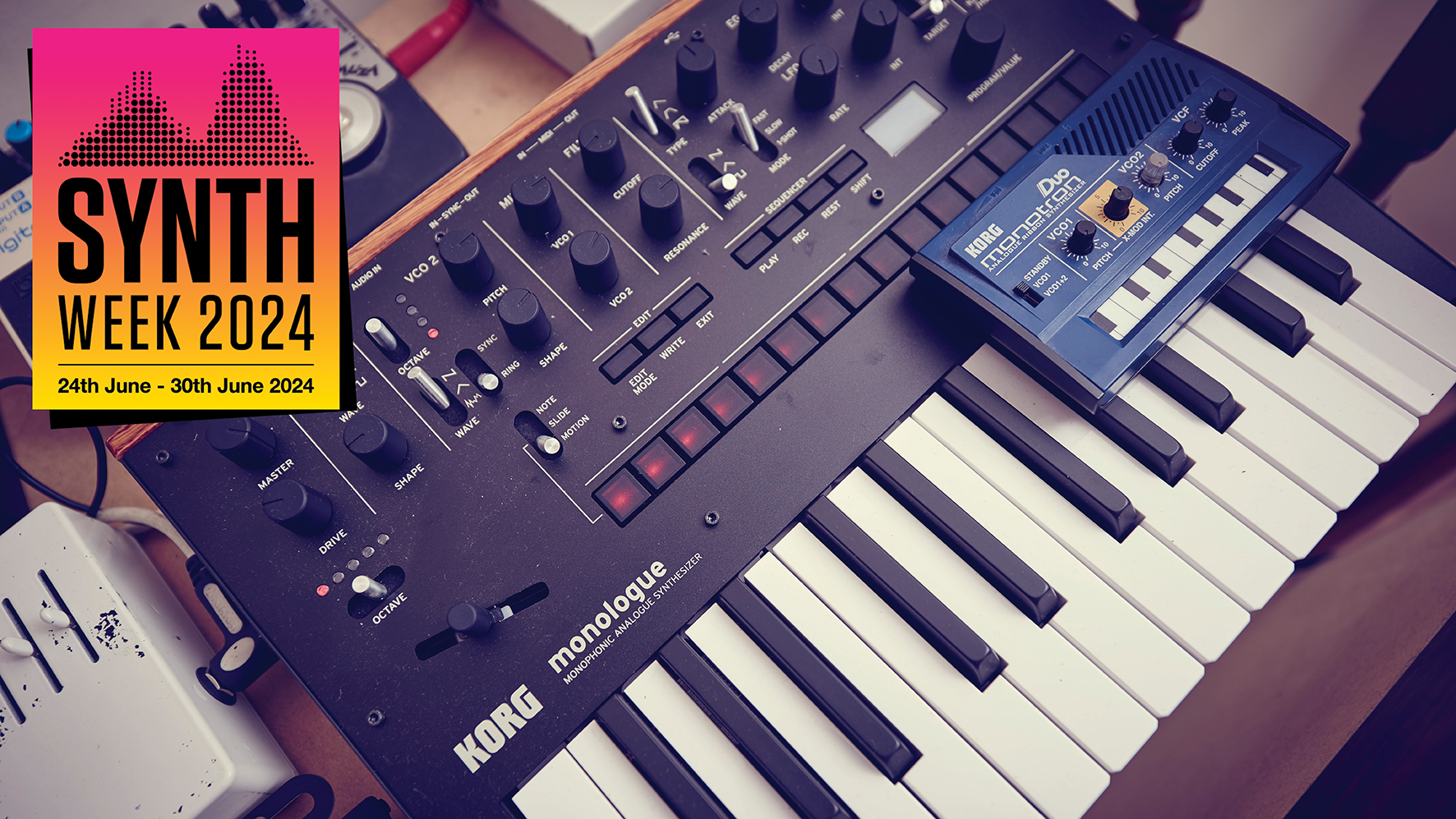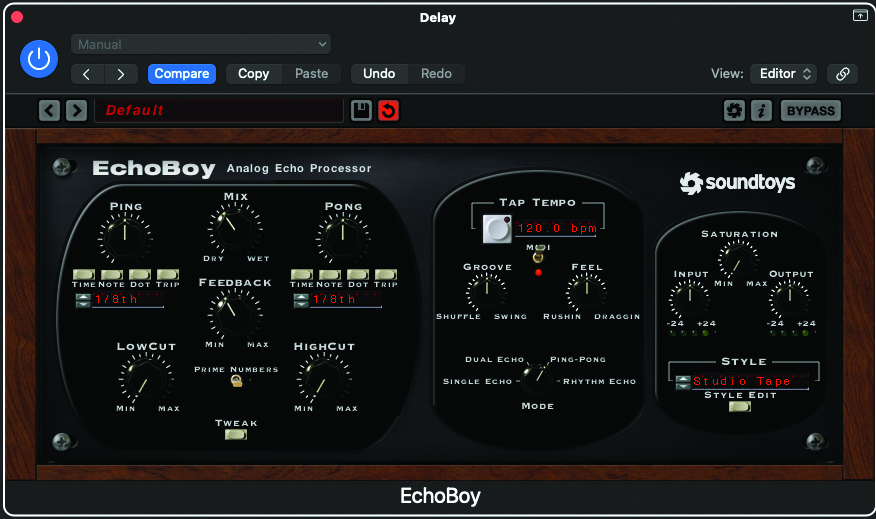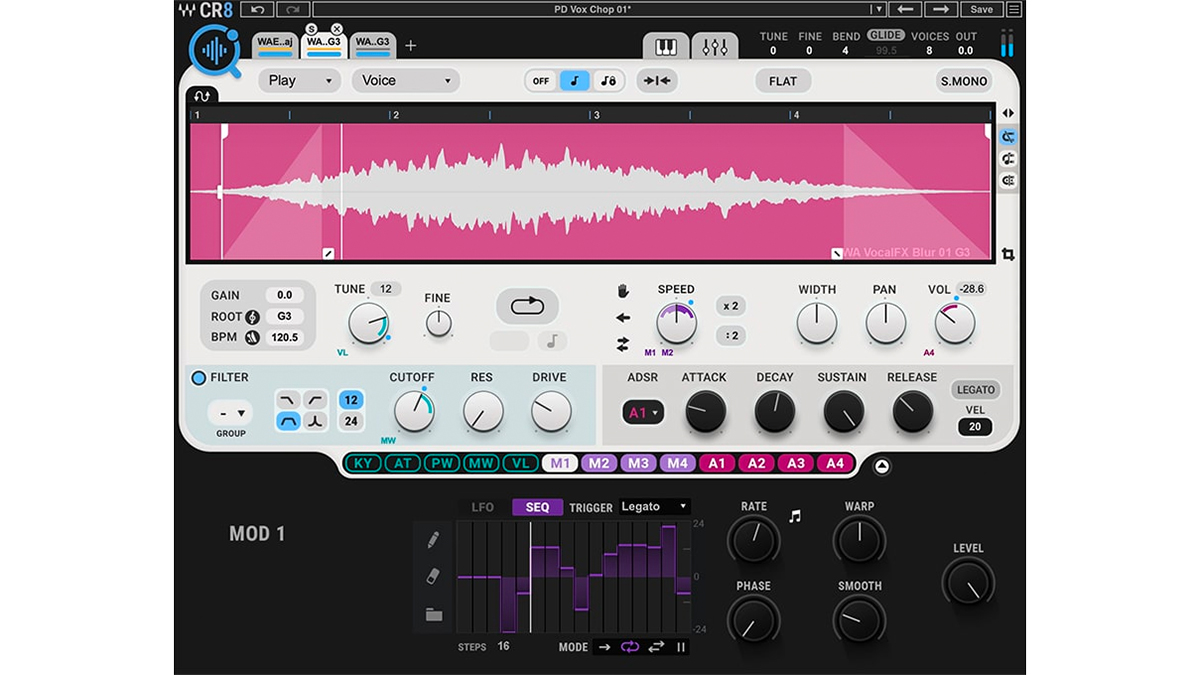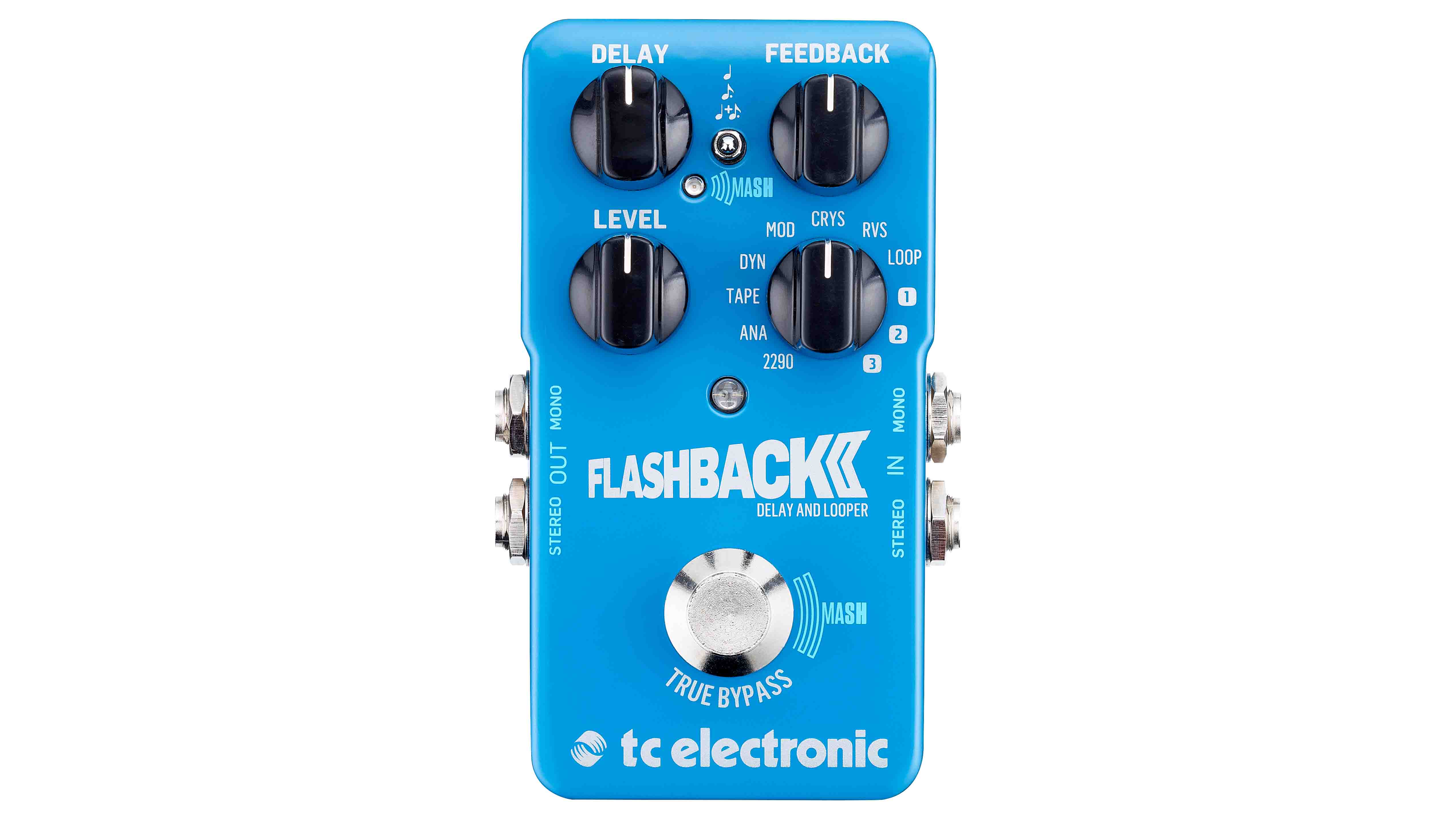"Pushed to extremes, reverb and delay can become sound sources in their own right": 5 techniques for ambient sound design
Experimenting with ambience and atmosphere? Try these 5 techniques

This week on MusicRadar, we're diving deep into the world of ambient sound design, helping you create atmospheric soundscapes using synths, samplers and software.
Here, we run through five techniques to experiment with when you want to inject some ambience into your next track.
1. Effects treatments
Effects are a crucial part of ambient sound design. The obvious first port of call is reverb – reverb places a sound into an imagined space, and by its very nature creates ambience.
While it can be tempting to simply crank your reverb for maximum ambience – which can be an interesting approach, see below – often it’s better to aim for a level of reverb that sounds natural for your synth sound. You want something that feels like a part of the sound itself, rather than an obvious effect that sits over it. Ditto for delay.

Best delay plugins: Add depth and dimension to your mixes with these must-have plugins
That being said, ambient is a great place to explore more extreme and unusual effect treatments. Pitchshifted delays are a great example, as they can add additional unusual harmonies above or below your synths. Chaining multiple instances of modulation effects such as phasers, choruses and flangers can bring about interesting results – often creating almost watery ambience. As with synth patches themselves, modulating and automating effect parameters will help bring sounds to life for movement and interest.
2. Reverb and delay
Reverb and delay are both important for creating a sense of space in ambient music, but pushed to extremes they can become sound sources in their own right. Reverbs that offer a freeze function, say, allow the user to effectively hold a short buffer of sound and turn it into a constant drone.
Some digital delays, meanwhile, can function like loopers, allowing the feedback loop to become a constant pattern of sound. TC Electronic’s Flashback pedals are a good example of this. One of our favourite tools in this respect is ValhallaDSP’s free SuperMassive delay/reverb plugin, which is capable of creating huge washes of dense feedback and can turn even a simple sound into a gigantic wall of noise.
Get the MusicRadar Newsletter
Want all the hottest music and gear news, reviews, deals, features and more, direct to your inbox? Sign up here.
3. Notes and scales
Although ambient compositions are often fairly minimal, this opens potential for creativity in the choice of notes, scales and chords used. Try building chords around uncommon scales, or use interesting extensions or inversions to transform simple chord shapes into something a little more distinctive.

How to create microtonal music using Ableton Live's Microtuner
Ambient music is a great area in which to explore microtonality or non-Western tunings – ie music that doesn’t fit into the usual C to C chromatic scale. Many DAWs and synths make it easy to experiment with these ideas, such as Live 12 with its new tuning pool, or hardware like the Korg’s Monologue or Novation’s Bass Station II, each of which allow the user to alter the tuning of individual keyboard notes.
4. Polyrhythmic modulation
A lot of modern synths allow for parameter automation to be programmed separately from note information, with different sequence lengths or timing, which allows for interplay between the characteristics of your sound and notes themselves. For a simple example, try programming a simple chord progression across a sequence of 16 steps, and rising and falling filter automation across a 12-step sequence.
The mismatch between the sequence lengths means the relationship between filter and chords changes each cycle. This can create even more interesting effects when using multiple different automation lanes, particularly if using sequence lengths that break away from the usual multiples of 4, 8, 12 etc.
5. Resampled synths

Another creatively inspiring approach is to record your ambient synth patches and sample the results. Try bouncing a drawn out synth chord to audio in your DAW and then load it to a sampler. Particularly if your initial sound has effects applied and some modulation in the original patch, you can achieve interesting results by seeing how these are affected by playing the sample back at a pitch different to its original recording. Reversing sounds is always a great way to make things sound a little weirder and more atmospheric too.


Future Music is the number one magazine for today's producers. Packed with technique and technology we'll help you make great new music. All-access artist interviews, in-depth gear reviews, essential production tutorials and much more. Every marvellous monthly edition features reliable reviews of the latest and greatest hardware and software technology and techniques, unparalleled advice, in-depth interviews, sensational free samples and so much more to improve the experience and outcome of your music-making.
Who Wants To Live Forever? The composer still creating music from beyond the grave
“How daring to have a long intro before he’s even singing. It’s like psychedelic Mozart”: With The Rose Of Laura Nyro, Elton John and Brandi Carlile are paying tribute to both a 'forgotten' songwriter and the lost art of the long song intro











